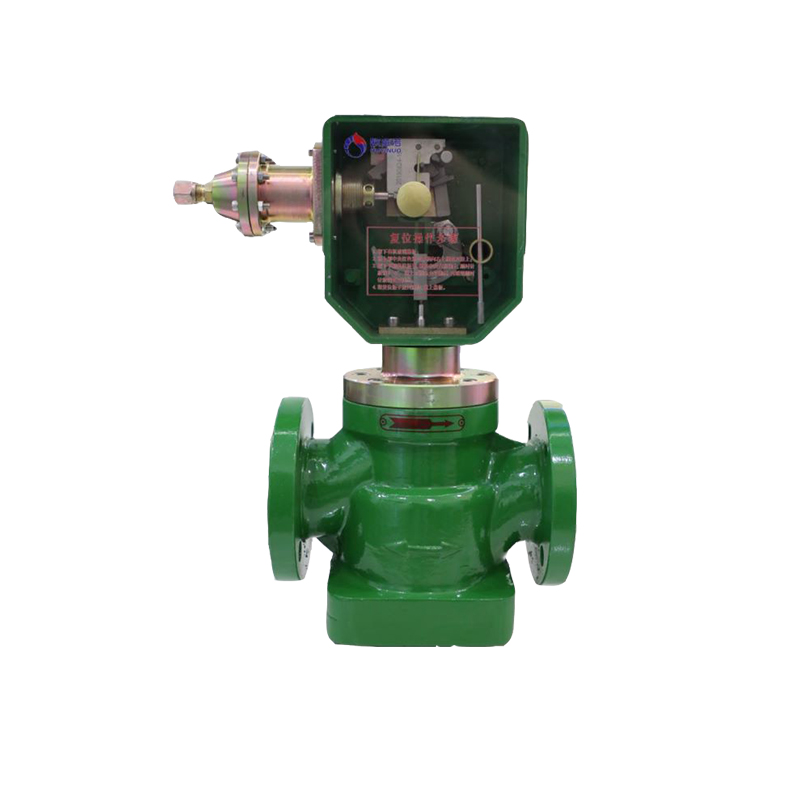
Dec . 23, 2024 10:12
Back to list
Understanding Gas Pressure Vessels and Their Applications in Industry
Understanding gas pressure vessels A Comprehensive Overview
Gas pressure vessels are critical components in various industries, including manufacturing, chemical processing, and energy production. These vessels are designed to store gases at high pressures and are utilized in applications ranging from fuel storage systems to integration in industrial processes and safety configurations. This article delves into the purpose, design, safety considerations, and applications of gas pressure vessels.
Purpose of Gas Pressure Vessels
The primary function of a gas pressure vessel is to safely store gases under pressure. These vessels are engineered to contain gas in a controlled environment, allowing for the safe handling of substances that otherwise would be hazardous or difficult to manage at ambient conditions. For instance, liquefied natural gas (LNG) and other volatile gases need to be stored under pressure to remain in their desired state until further use.
Moreover, gas pressure vessels are also used to regulate gas flow and control the pressure within various systems. Using a gas vessel can significantly enhance efficiency by enabling the storage and delivery of gases on demand, thereby optimizing operational processes in manufacturing and chemical production.
Design and Materials
.
Key considerations in the design phase include the size and shape of the vessel, the maximum permissible pressure (design pressure), and safety factors to account for potential stresses and unforeseen events. Engineers often perform extensive simulations and calculations to ensure that the vessel can withstand both operational conditions and possible pressure surges.
وعاء ضغط الغاز

Safety Considerations
Safety is paramount in the operation and maintenance of gas pressure vessels, as the consequences of a failure can be catastrophic. Regulatory bodies like the American Society of Mechanical Engineers (ASME) and other international organizations have established guidelines and standards for the design, testing, maintenance, and operation of pressure vessels.
Critical safety practices include regular inspections, pressure testing, and adherence to proper operational protocols. Safety relief devices are often integrated into the design to provide failsafe mechanisms that release excess pressure, thereby preventing explosions. Proper training for personnel managing these systems is also crucial to ensure they are familiar with emergency procedures and understand hazards associated with high-pressure gases.
Applications of Gas Pressure Vessels
Gas pressure vessels find applications across a wide range of sectors. In the energy industry, they are essential for storing and transporting natural gas, compressed air, and other fuels. In the industrial sector, they play a pivotal role in chemical processing, serving as reactors or storage containers for gases involved in manufacturing processes.
Moreover, they are significant in the aerospace industry, where high-pressure gas systems are used for propulsion systems and other critical applications. Similarly, in the medical sector, gas pressure vessels are utilized to store medical gases, including oxygen, nitrous oxide, and other anesthetic gases critical for patient care.
In conclusion, gas pressure vessels are indispensable elements in modern industrial systems, offering safe and efficient storage of gases under pressure. As technology advances, these vessels continue to evolve, becoming more reliable and safer to meet the growing demands of various applications. By adhering to stringent safety standards and implementing responsible operational practices, industries can maximize the benefits derived from these essential structures while minimizing risks.
Next:
Latest news
-
Safety Valve Spring-Loaded Design Overpressure ProtectionNewsJul.25,2025
-
Precision Voltage Regulator AC5 Accuracy Grade PerformanceNewsJul.25,2025
-
Natural Gas Pressure Regulating Skid Industrial Pipeline ApplicationsNewsJul.25,2025
-
Natural Gas Filter Stainless Steel Mesh Element DesignNewsJul.25,2025
-
Gas Pressure Regulator Valve Direct-Acting Spring-Loaded DesignNewsJul.25,2025
-
Decompression Equipment Multi-Stage Heat Exchange System DesignNewsJul.25,2025

